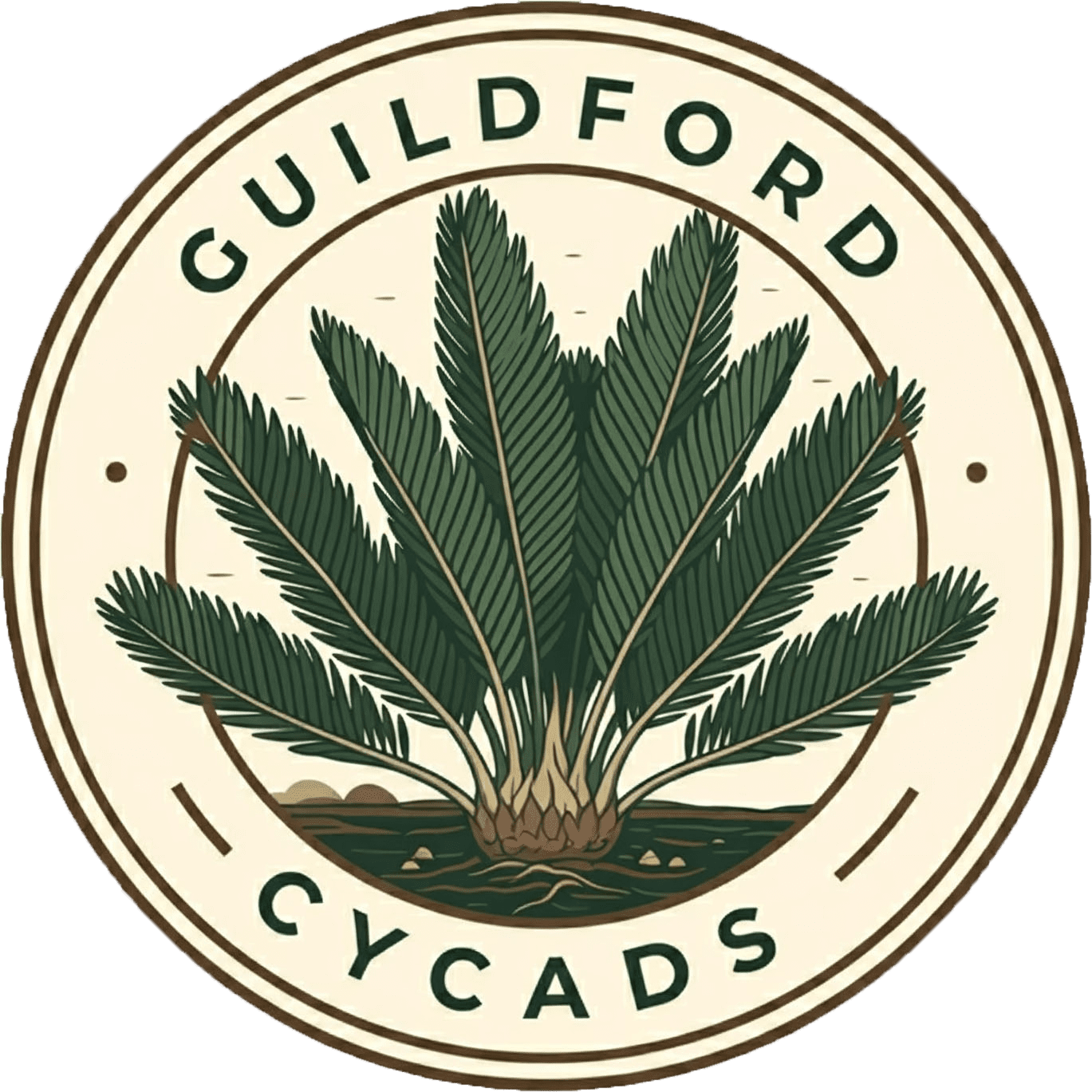

Santa Fe Botanic emailed me recently and asked how to define and categorize some plants into their database, which I grew, and which Lauren Springer used in the memorial garden for David Salman. These are the “Aloinopsis hybrids” gleaned from friends and then re-grown and bred myself for some years.
Answering the question leads to a brain-twisting philosophical discussion I wanted to share with you that I’ve been mulling on for the last year.
What are the “Aloinopsis hybrid” plants?
” Well, it’s a complicated answer:
Those plants are truly unknown in exact species, and even genera, because they are a “landrace” of complex mesembs hybrids, open pollinated, from many generations in gardens. We’ve been calling them “ASx” in shorthand because most of them are in part, by a little or a lot, Aloinopsis spathulata. (But I suspect just a few individuals don’t have that species in their parentage!) But they include genes from several other species and at least two other genera, and science hasn’t given such intergeneric crosses actual genus names! (Genera: Aloinopsis, Titanopsis, Nananthus, and sometimes others like Stomatium, Hereroa. If you are not familiar with the concept of “landracing,” here’s a little wiki description. That sort of helps describe the situation, which is quite messy against traditional notions of cleanly defining organisms. The ASx plants are like if you could have a herd of things that are varying mixes of horse, zebra, donkey, and giraffe… which isn’t possible for those animals and why I think the plants are so intriguing! What on earth with the latin name be for such a beast!?
Two answers:
1. A truly scientific name for them would be Aizoaceae: Titanopsis-group genera hybrid landrace.
2. An easier but colloquial name is “Aloinopsis kin & hybrids.” (But like I wrote above, technically a small minority of the plants probably don’t have any Aloinopsis in them!)
Further notes, which nod to history and people’s legacy, in the spirit of the garden: these plants are a mixed “herd” if you will, descending from plants grown and bred by David Salman, John Stireman (UT), Kelly Grummons (CO), Floyd Jacketta (UT), Bill Adams (CO), and perhaps Jeff Ottersberg. Much but not all of the seed was probably collected in Africa by Steven Brack. I collated plants from everyone and re-selected progeny.
Once, when I asked David Salman what he felt was the most missing vacancy/representation of style or plants in public gardens in Santa Fe, and without hesitating, he said “African mesembs.” I think it is beautiful that it should come full circle like this.
My last tangent on this. The idea of landracing such plants, to me, harkens back to the relationship native Americans had/have with plants- they created and spread landrace plants and blurred the lines between species and domesticity/wildness. (Like the wild potatoes, devil’s horns for eating/weaving, and heirloom/feral agaves…not to mention amaranth, tomatoes, corn, peppers…) They didn’t see a hard line between nature and humanity and I think that is beautiful…”
Indeed, there are tons of plants in the Americas whose distribution suggests (or screams) that humans were a key “dispersal agent” in moved them around, and they naturalized. I’ve recently been on a reading bender learning that there are wild/domestic potatoes to the southwestern US, even in Colorado!
There are agaves that grow around ruins in Arizona which are not related to the nearby wild ones, and one awesome researcher, Wendy Hodgson, put in the massive effort for years to sort out their genetics to find that the plants were essentially “heirloom” veggies carried up by early Americans from modern day Mexico and went feral when they quit being cultivated in Arizona. For natural-history geeks like me who love to have living specimens in our gardens with such stories, unfortunately those agave are probably not quite hardy up here in Colorado…
But back to the Aloinopsis/Mesembs:
John Stireman wrote an authoritative article for International Rock Gardener on it, here. (His garden of them, above. )The annual NARGS seed exchange, which I think is still going at the moment for a few weeks, would be the best source of hybrid seed, coming from John and his brother.
My own project has been planting them in number in cold enough places to kill m any of them (“cull the herd”) in an effort to push them as far as possible for winter hardiness.
I had only heard the word “landrace” in the context of heirloom/heritage domestic animal breeds, so I was mindblown to learn There is a book on the powerful, practical and under-documented subject of Landrace Veggies. Landracing has supplied all of humanity’s food until recently “for centuries by illiterate farmers…” (paraphrasing the book). Thanks to the author, who gave me some seeds, I’m one small link in a chain that is creating a landrace of hardy pistachios. In a few years, I’ll be looking for a client who is interested in such things to carry the torch and plant a small orchard of the seedlings I am growing.
For me, I found it easy to extrapolate from this lovely, fun, quirky little book to apply the idea to flowers, natives, et cetera. For years now I have been using landracing, as a rule, in my wildflower meadow seed projects. For some plants, it’s been the secret to success. After all, what is today, and this new year, but just a fine line between the past and the future?

